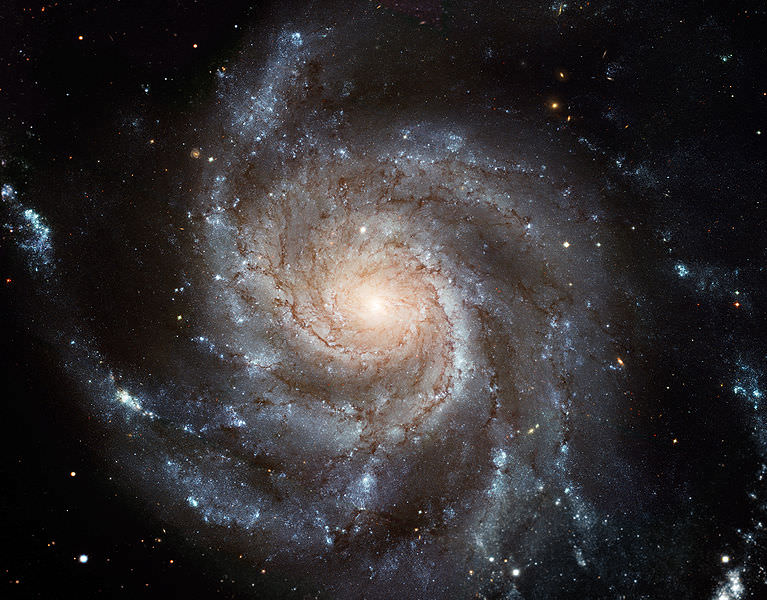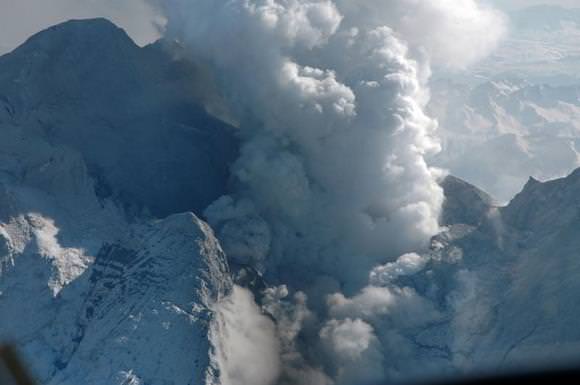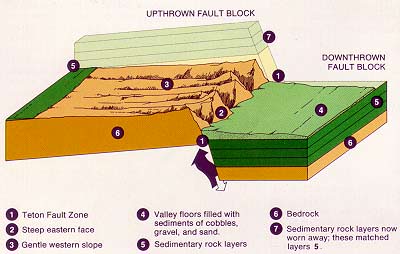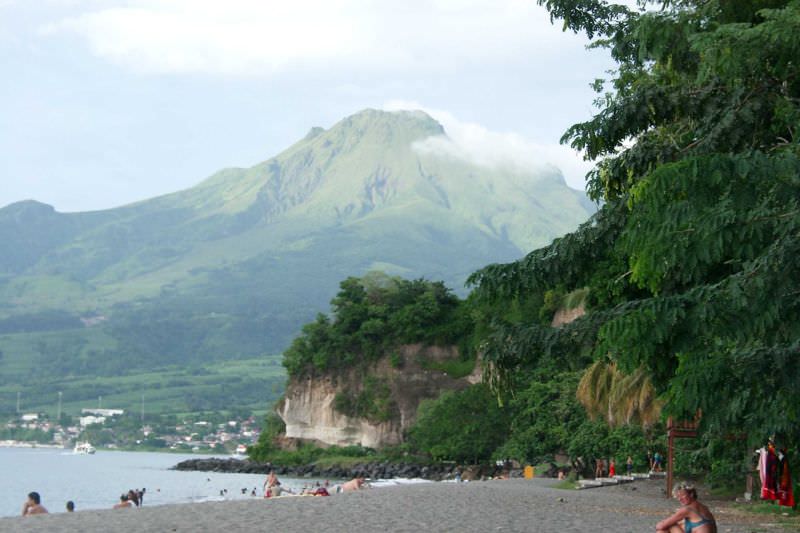[/caption]
When you think of a galaxy, you’re probably thinking of a spiral galaxy. You know, with the central bulge and grand sweeping arms that spiral outward from the center. In fact, our own Milky Way is a spiral galaxy, and there are many others out there in the Universe. But have you ever thought about how they form in such a beautiful shape?
A spiral galaxy is shaped like a flat disk with a thicker bulge in the center. Bright spiral arms start from the center and then coil outward like a pinwheel. All spiral galaxies rotate, but very slowly; our own Milky Way completes a single revolution once every 250 million years or so.
The spiral arms are actually density waves that move around the disk of the spiral galaxy. As the density wave passes over a region, masses are pulled together, and you get bright pockets of star formation. Then the density wave moves on, and encourages another region to begin star formation.
The central bulge at the center of a spiral galaxy contains older stars, similar to an elliptical galaxy. And at the very center, there’s always a supermassive black hole containing millions of times the mass of the Sun.
Spiral galaxies are also surrounded by a vast spheroidal halo of stars. These stars might not have formed in the galaxy, but were stolen through successive mergers with other galaxies. This galactic halo also contains many globular star clusters.
Astronomers think that spiral galaxies are slowly built over time through the merger of smaller galaxies. As these tiny galaxies came together, their total momentum set the merged galaxy spinning. This spin flattened out the galaxy and set the spiral arms in motion.
We have written many articles about the galaxies for Universe Today. Here’s an article with twin spiral galaxies interacting, and here’s spiral galaxy NGC 2403.
If you’d like more info on galaxies, check out Hubblesite’s News Releases on Galaxies, and here’s NASA’s Science Page on Galaxies.
We have also recorded an episode of Astronomy Cast about galaxies – Episode 97: Galaxies.







